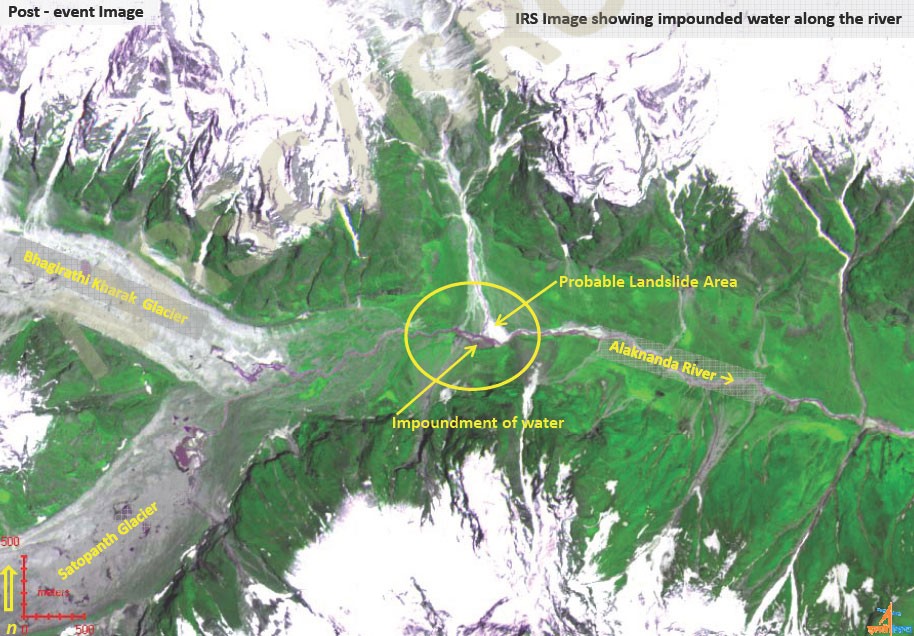Why in news?
A study of the Satopanth glacier in order to model the melting of debris-covered glaciers has been carried out by a group of Indian researchers. Their new method gives a better estimate of the glacier’s melting than existing ones.
Why is this study important?
Studying debris-laden Himalayan glaciers is important from the point of view of how climate change affects them. About 20% of Himalayan glaciers are debris-laden, and their dynamics are very different from the ones without debris cover.
Effect of debris:
In glaciers without a debris cover, the rate of melting increases as the elevation decreases. However, in glaciers covered with debris, the thick cover partially insulates the glacier from the warm exterior and thereby slows down the melting.
The thickness
of the debris cover, by and large, increases as the glacier flows down. This
works against the general trend that the lower the elevation, the higher the
rate of melting.
Matters are further complicated because the thickness of the debris cover is
not uniform but fluctuates randomly.
Satopanth glacier:
- Satopanth glacier is located in Garhwal in Central Himalaya, in Uttarakhand.
- It is the origin of the river Alaknanda, one of the two main tributaries of the Ganga.
- The other tributary is Bhagirathi, which originates from the Gangotri glacier.
- These two rivers join at Devprayag, around 70 km upstream of Rishikesh.
- Downstream of Devprayag, the river is called Ganga.





